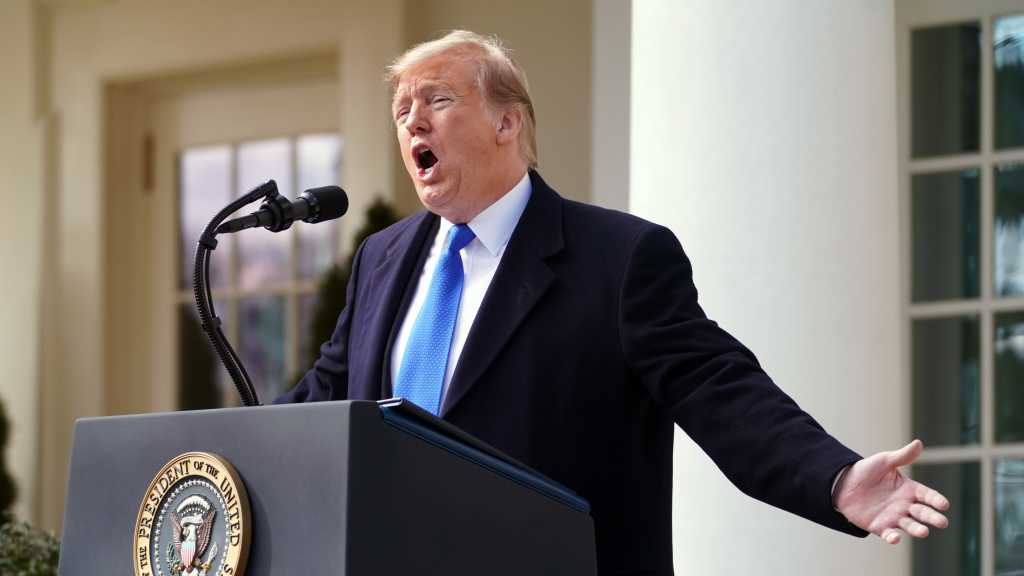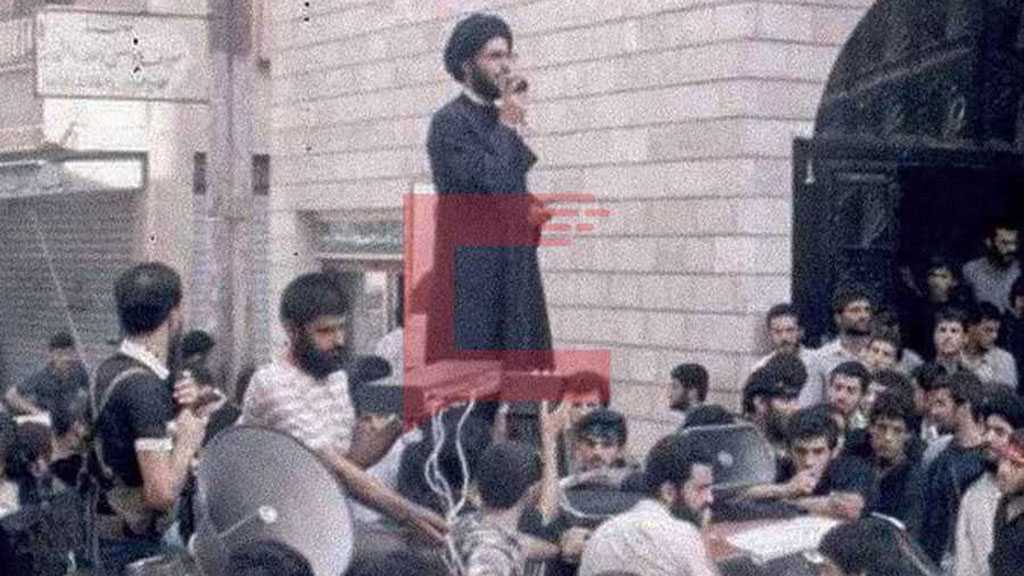Trump’s War Talk: Bluff or Brinkmanship?

By Mohamad Hammoud
Theatrics Over Missiles
Donald Trump has long favored the theater of threat over the reality of war. From his 2017 warning of "fire and fury" against North Korea to his recent call for Tehran's civilians to evacuate, Trump relies on dramatic headlines and military posturing more than on actual warfare. As explosions lit the skies over Tehran and “Tel Aviv” for a fifth consecutive night, his warning echoed a war ultimatum. But, as in the past, the line between psychological warfare and genuine military intent remains blurred.
Behind the curtain of bluster, a different strategy is emerging. Reports confirm that Trump is preparing to send Vice President J.D. Vance and special envoy Steve Witkoff to negotiate with Iran indirectly. Their goal: to broker a ceasefire and revive nuclear diplomacy—potentially Washington's most significant diplomatic move since the conflict began.
The Shadow of Failure: Lessons from Yemen
To understand why Trump may be bluffing, one must look at his administration's recent failure against a much smaller foe: Ansarullah in Yemen [The Houthis. In early 2025, Trump launched Operation Rough Rider against the Yemeni movement after they escalated attacks on US and allied vessels in the Red Sea. Deploying naval and air assets, including the USS Harry S. Truman, the campaign aimed to secure a "freedom of navigation corridor."
However, the Ansarullah proved resilient. They shot down at least seven MQ-9 Reaper drones, each worth $30 million, using Soviet-era SAMs and Iran-supplied missiles. Two F/A-18E/F Super Hornets rolled off the deck of the Truman in separate incidents, both lost to the sea. These losses, combined with the continued effectiveness of Yemeni attacks, eroded US air superiority and raised operational risks.
By early May, Trump accepted an Oman-brokered ceasefire. Ansarullah agreed to halt attacks on US vessels in exchange for a pause in airstrikes. If Trump couldn't decisively defeat a decentralized guerrilla movement like the Houthis, the idea of launching a war against Iran—a nation of 90 million with a professional military and regional allies—seems both reckless and implausible.
Why the US Doesn't Want War
There are several reasons why Trump is unlikely to authorize actual war:
No Political Appetite for War: After Iraq and Afghanistan, Americans are war-weary. Another Middle East quagmire would be deeply unpopular.
Iran's Regional Power: Tehran retains powerful levers of retaliation through allied forces in Iraq and Yemen, and it maintains asymmetric capabilities across the region. A war with Iran would still ignite a broader conflict, stretching beyond borders and drawing in multiple fronts.
Economic Fallout: Even the threat of war has spiked oil prices. A conflict that closes the Strait of Hormuz would devastate the global economy.
Military Overstretch: US forces are already thinly spread. With China and Russia looming, a major conflict in the Gulf would overextend American power.
Election Optics: Trump wants to appear strong but not reckless. War would damage his image as a "deal-maker" who avoids entanglements.
Backchannels and Ceasefire Diplomacy
Trump is now hedging his threats with diplomacy. Vice President Vance and envoy Witkoff are preparing to restart indirect talks with Iran, likely via Oman. Witkoff had already been involved in backchannel talks earlier this year, proposing a phased rollback of uranium enrichment, snap inspections, and sanctions relief in return for halting weaponization.
Tehran has signaled it is open to diplomacy—but only after "Israel" halts its airstrikes. Trump, who once demanded Iran's "total surrender," appears ready to soften his position. The goal is to push Iran into a deal stronger than the JCPOA, with permanent constraints and intrusive verification.
Between Bluff and Breakthrough
Trump's strategy now runs on two tracks. On the surface, he supports "Israel," cuts short diplomatic events like the G7, and issues threats. Beneath that, he extends an off-ramp, hoping that pressure alone will bring Iran to the table.
Critics argue this is incoherent: "You don't escalate and negotiate simultaneously," one former State Department official remarked. But Trump sees both as tools. Escalation creates leverage. Diplomacy reaps the benefits.
Still, doubts remain. Can Iran trust an administration that calls for evacuations one day and diplomacy the next? Is this a genuine pivot or another public relations maneuver?
Psychological Warfare as Doctrine
Trump understands the power of fear. Whether targeting Venezuela, China, or North Korea, he has shown a preference for threats over action. The latest threat to Tehran fits this mold. It is designed to corner Iran psychologically, rally domestic support, and control headlines.
But full-scale war? That's not Trump's script. That's never been the plan.
Conclusion: Strategy Meets Resistance
Trump's evacuation warning and aggressive rhetoric are consistent with a well-worn pattern of psychological warfare. The failures in Yemen, the risks of war with Iran, and the diplomatic signals emerging from Muscat all point to the same conclusion: Trump is bluffing. The objective isn't Tehran's destruction—it's its submission, achieved through fear, isolation, and carefully timed diplomacy.
But Iran is not a client state. It will not bow to threats disguised as negotiations. For the Islamic Republic, surrender is not an option. If forced to choose between submission and confrontation, Tehran will choose war—and, if necessary, martyrdom—over dishonor. And that is where Trump's gambit may ultimately collapse.




